Home>Ideas and Tips>Upgrading Your Home’s Basement For Extra Living Space


Ideas and Tips
Upgrading Your Home’s Basement For Extra Living Space
Modified: October 28, 2024
Transform your basement into a functional living space with our comprehensive guide. Discover tips, design ideas, and essential steps for a successful renovation.
(Many of the links in this article redirect to a specific reviewed product. Your purchase of these products through affiliate links helps to generate commission for Storables.com, at no extra cost. Learn more)
Transforming your basement into extra living space can be a game-changer for your home. Many homeowners overlook the potential of their basements, treating them as mere storage spaces or unfinished areas. But with the right planning and execution, a basement can become a vibrant and functional living space that adds significant value to your home. Let's dive into the various steps and considerations involved in upgrading your basement.
Understanding the Potential of Your Basement
Basements offer a unique opportunity to expand your living space without the need for costly additions or moving to a larger home. According to Becraft Plus, upgrading your basement can double the living space in your home. This makes it an ideal solution for families looking to add more rooms or for those who want to create a separate living area for guests or family members.
Types of Basement Upgrades
There are three primary types of basement upgrades:
-
Cosmetic Basement Upgrade: This type of upgrade focuses on bringing the basement into the present with relatively easy and quick projects. It typically lasts between 6-10 weeks and doesn't involve moving any utilities. Cosmetic upgrades can include painting, installing new flooring, and adding decorative elements to make the space more inviting.
-
Additional Living Space Upgrade: If you need a family room, an apartment for an elderly parent, or any other type of living space, this is the upgrade for you. Depending on the use of the area, you may need to install a separate entrance, cooking equipment, bedrooms, a bathroom, and other essential amenities. This type of upgrade can significantly increase the functionality and livability of your basement.
-
Foundation Replacement Upgrade: In some cases, the foundation of your basement may be old and structurally unsound or leaking. For this type of upgrade, you will need to lift the house and build a new foundation. This process can take at least two months but allows you to decide on the height of your basement and whether you need to replace sewer and water links.
Planning Your Basement Renovation
Before starting any renovation project, it's crucial to plan carefully. Here are some key steps to consider:
1. Measure Your Basement
The first step in planning your basement renovation is to measure the space accurately. You need to know the dimensions of your basement, including its height, which is essential for determining what you can do with the space. Most building codes require that a basement be at least seven feet tall to be fit for remodeling and finishing.
2. Inspect Existing Construction Quality
If your basement is unfinished, it may not have plumbing or wiring already installed. In such cases, you will need to have these installed by a professional. Even if your basement has existing wiring and plumbing, it's crucial to inspect them to ensure they meet quality standards and local building codes. A permit is usually required to inspect and modify plumbing or electrical wiring, so it's best to leave this to your basement remodeling company.
3. Install Insulation and Moisture Protection
Insulation is a critical component of any basement renovation. It not only provides warmth during the winter but also keeps unwanted noise out of your basement and unwanted basement noises out of the rest of your home. You can use insulated panels, batting, or other materials for insulation. Additionally, you should add moisture protection to keep moisture from spreading past the concrete walls. Vapor barriers are essential for this purpose.
4. Install Proper Egress Windows
Egress windows are essential for safety in any basement. They serve as escape hatches in case of emergencies like fires on upper floors. Proper egress windows are required by building codes, and it may be necessary to expand window spaces and renovate your foundation to accommodate them.
5. Inspect for Radon
Radon is a specific kind of radiation that rises from the earth in certain areas and can be dangerous if present in high concentrations. If you live in an area where radon is a problem, it's essential to get a radon test kit or hire a contractor to check radon levels in your basement.
6. Check for Rot and Pest Damage
Inspect the wood, concrete, and stone making up your basement and foundation for damage caused by moisture or pests like rodents or termites. Any moisture issues must be addressed, pests must be exterminated or blocked out of your home, and any rotting or damaged materials must be replaced.
7. Install a Sump Pump
If you live in an area prone to heavy rainfall or if your house rests in a fairly low area, it's crucial to install a sump pump. Groundwater can destroy a finished basement if allowed to sit for prolonged periods. A sump pump will help keep your basement dry and prevent water damage.
Designing Your Basement Space
Once you've planned your renovation, it's time to think about the design of your basement space. Here are some tips from experts:
Focus on Function
The first step in designing your basement is to pinpoint what purpose the area will serve. Whether it be a space to watch football and host game days, a hangout zone for teens, or a playroom to corral all your children’s toys, focus on its function before taking action.
Maximize Potential
Homeowners are now approaching their basements with the attitude of "What spaces are you missing in your other levels?" and "What would best round out your home?" Instead of moving or building an addition, homeowners are opting to utilize the square footage of their lower levels to their full potential.
Build a Budget
Another important factor to consider is the practical issues that arise when morphing a generally underground environment into a functional living area. Things such as lower ceiling levels, proper lighting, egress and waterproofing options can all be complicated and costly to address. It's essential to give particular thought to your budget prior to beginning any upgrades. Many people are surprised at how expensive a basement renovation can be, so be realistic and stay flexible.
Invest in Time Well Spent
When it comes to your return on investment, adding functional square footage to a home is rarely seen as a negative. However, homeowners should think of basement upgrades as an investment in less tangible metrics, like enjoying their home to the best of their ability. Clients are most focused on investments in their home that support their values, like spending time with family and friends.
Practical Tips for Basement Renovation
Here are some practical tips to keep in mind during your basement renovation:
Use a Monochrome Color Palette
Since basements typically don't get a ton of natural light, using a dark and monochromatic color palette can be fun and looks really beautiful. Just be sure to vary some of the tones within the color choice to avoid monotony.
Create a Home Casino
A game room is one thing, but a poker table is a whole other high-stakes amenity. Creating a home casino can make your basement the go-to hangout spot for entertainment.
Install a Sauna
Your home spa can go beyond your bathroom. Turning part of your basement into a sauna complete with a wooden chaise lounge can be a luxurious addition.
Add Built-ins
Give your home a bit more character with some built-in additions. Designer Emily Henderson included a built-in bookshelf and a window bench in this basement remodel, making the space look more put-together and cohesive.
Try a Beachy Theme
Whether you're lucky enough to live in a beach town or not, you can make your subterranean space a bright beach getaway. Using blue and light brown accents can create this coastal-style oasis.
Put in a Glass Garage Door
In the same coastal space, using a glass garage door can let large amounts of light in and make the area feel bigger. This is such a convenient way to connect it with your backyard.
Choose Durable Flooring
Basements often have lots of flooding issues, so it's highly recommended using vinyl "wood" flooring instead of real wood. It's affordable, looks great, and is waterproof.
Final Considerations
Upgrading your home's basement for extra living space is a significant investment that requires careful planning and execution. Here are some final considerations:
Hire a Professional
Designing a basement to its full potential is often best left up to a professional who has experience with similar projects. Working with a design-build firm allows clients to fully realize their spaces from concept to completion without having to worry about every decision and detail that goes into execution.
Focus on Details
Details matter when it comes to basement design. Paint can go a long way in enhancing a space. Using a pop of color or something other than white can easily enhance a space. Area rugs and draperies can also make the space feel fully finished and inviting.
Prioritize Safety
Safety should always be the top priority when renovating your basement. Ensure that all safety features such as egress windows, proper ventilation, and moisture protection are in place before finishing the space.
Conclusion
Upgrading your home's basement for extra living space is a rewarding project that can significantly enhance the value and functionality of your home. By understanding the potential of your basement, planning carefully, designing with function in mind, and executing the renovation with attention to detail and safety, you can turn an underutilized area into a vibrant and inviting living space. Whether you need an additional family room, a home office, or an entertainment area, your basement offers endless possibilities waiting to be explored.
By following these steps and tips, you can transform your basement into a beautiful and functional living space that meets the needs of your family and enhances the overall value of your home. Remember to focus on function, maximize potential, build a realistic budget, and invest in time well spent. With careful planning and execution, you can unlock the full potential of your basement and enjoy years of comfort and enjoyment in your newly upgraded living space.
Was this page helpful?
At Storables.com, we guarantee accurate and reliable information. Our content, validated by Expert Board Contributors, is crafted following stringent Editorial Policies. We're committed to providing you with well-researched, expert-backed insights for all your informational needs.
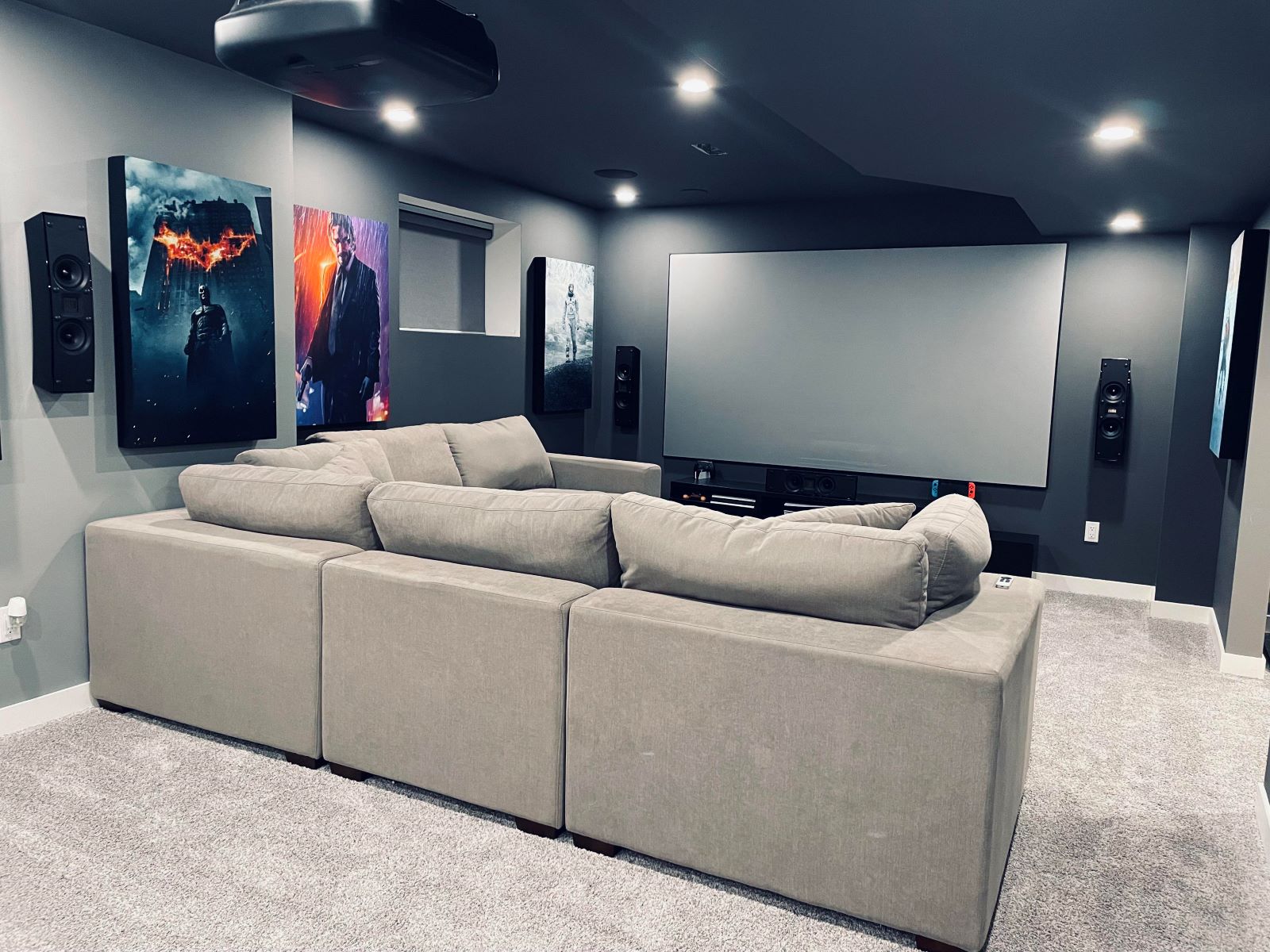
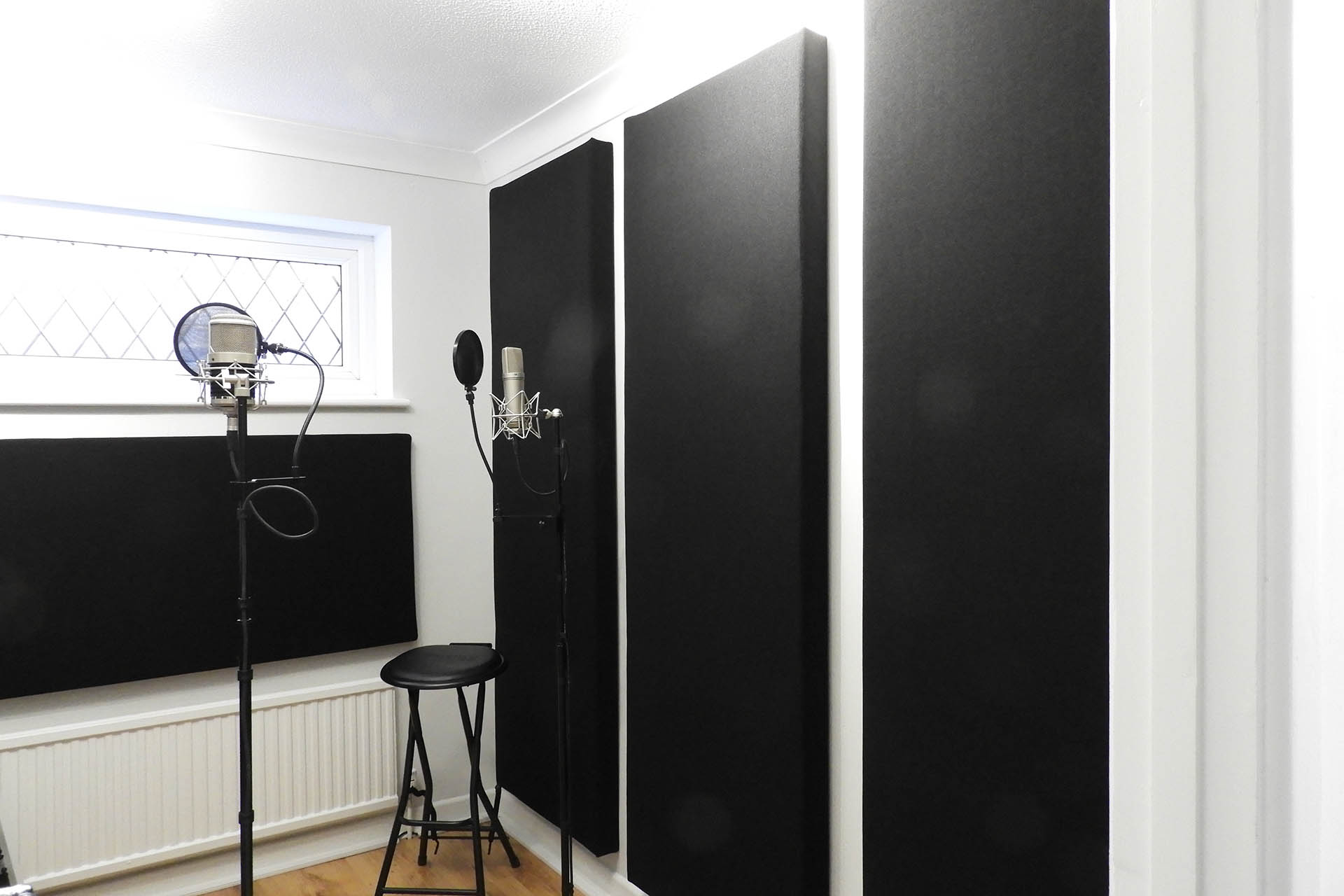
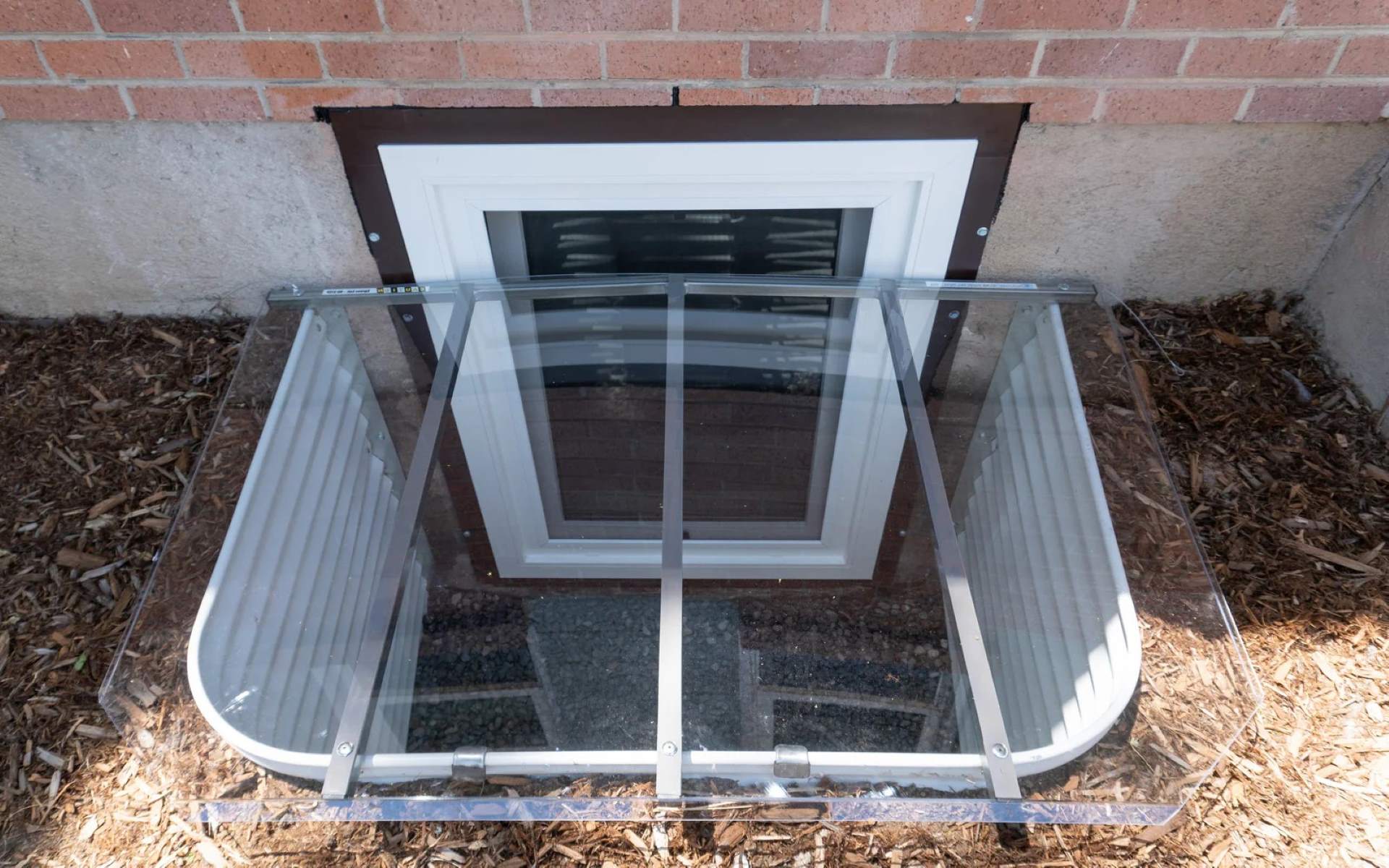
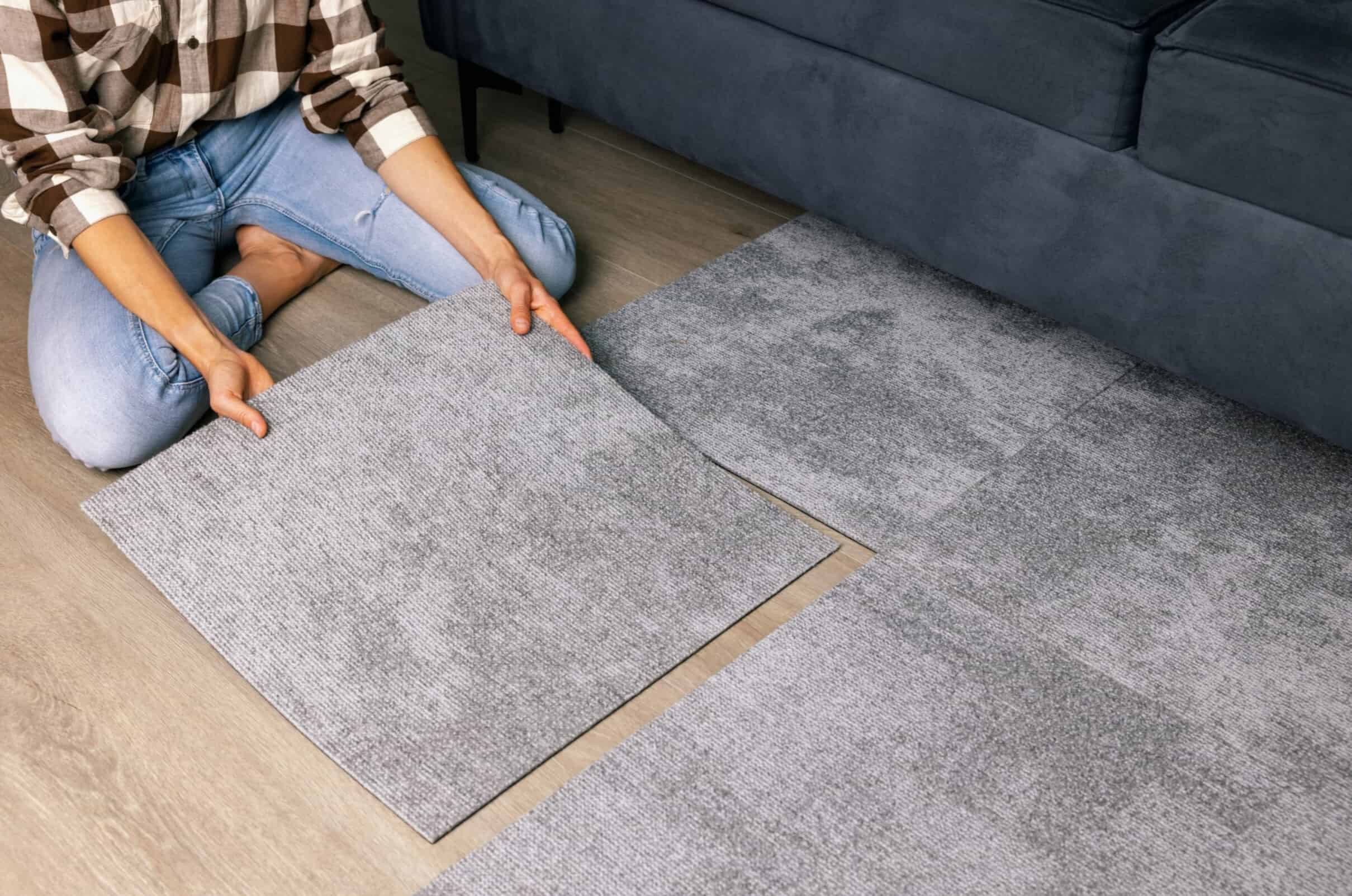
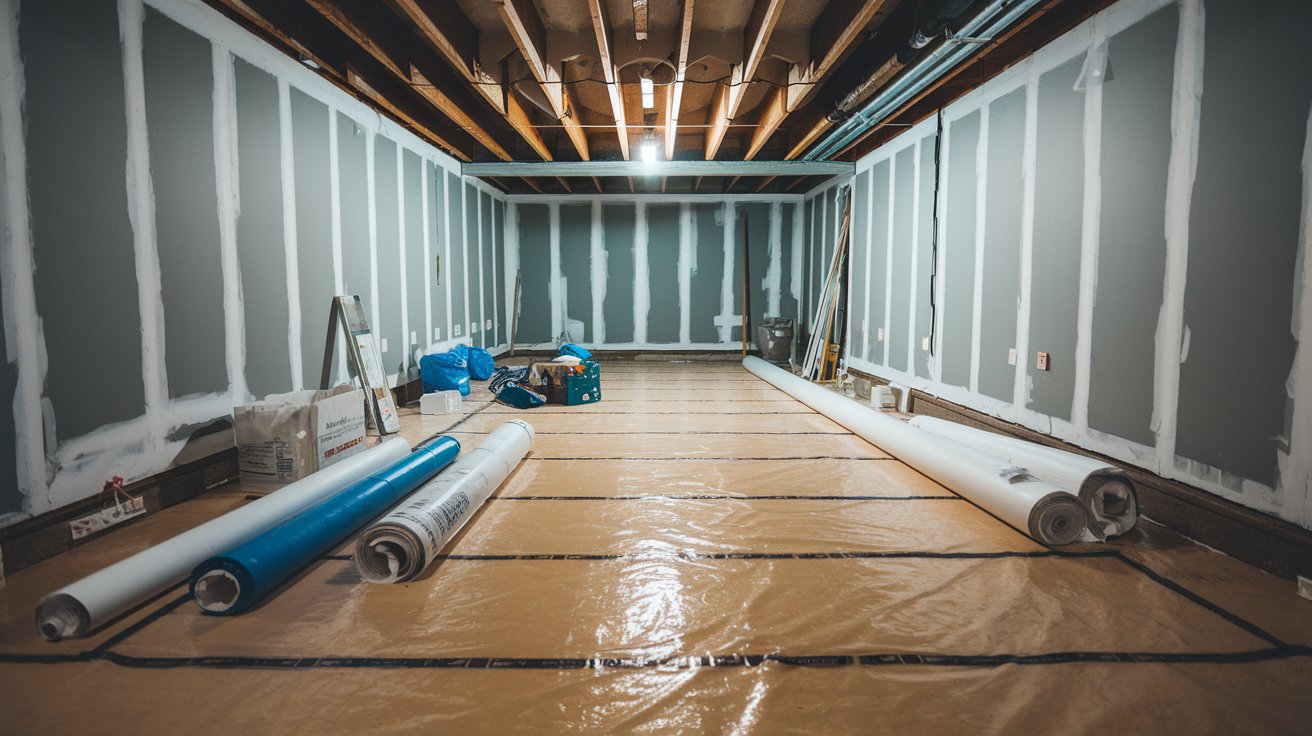
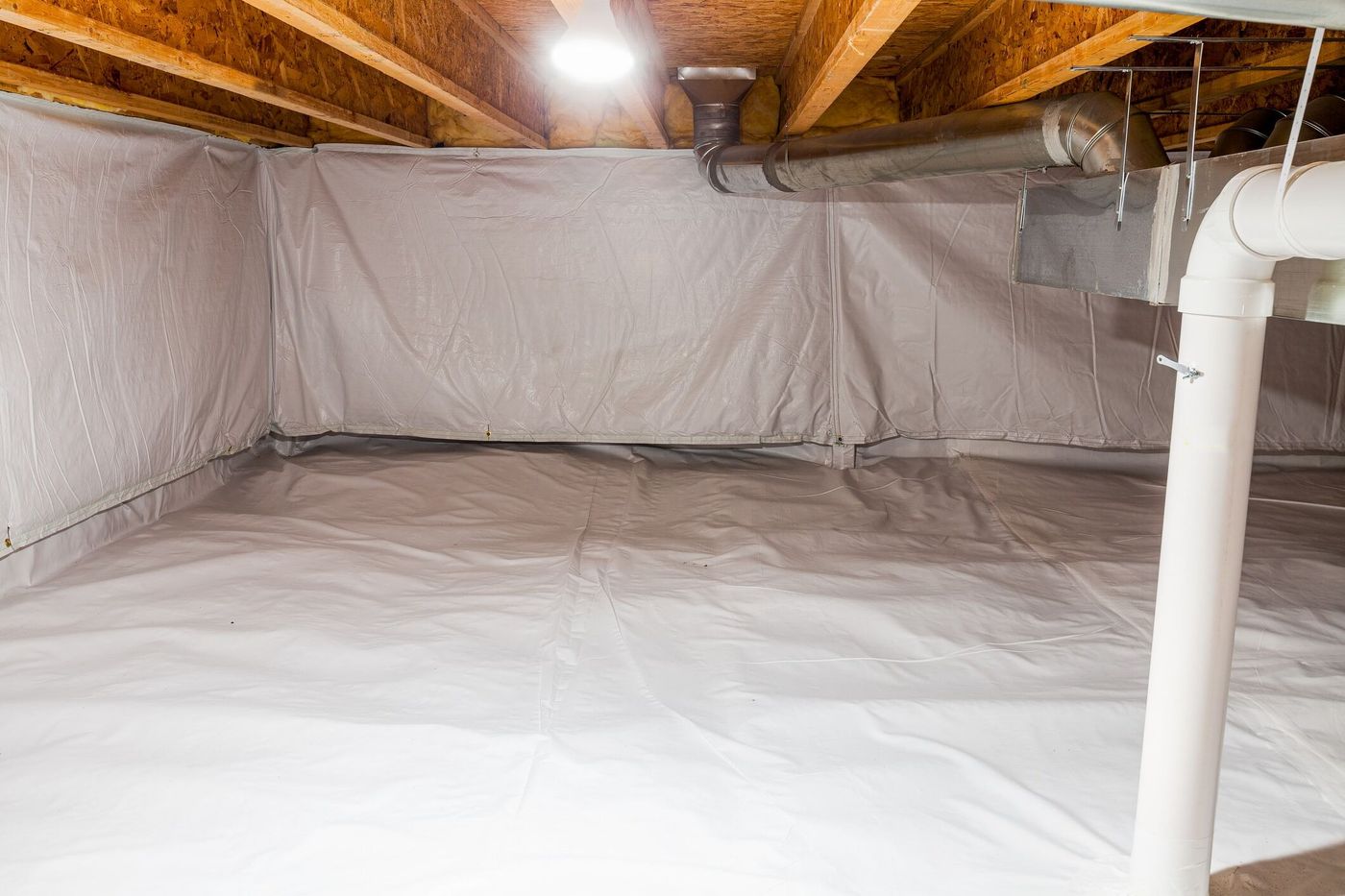
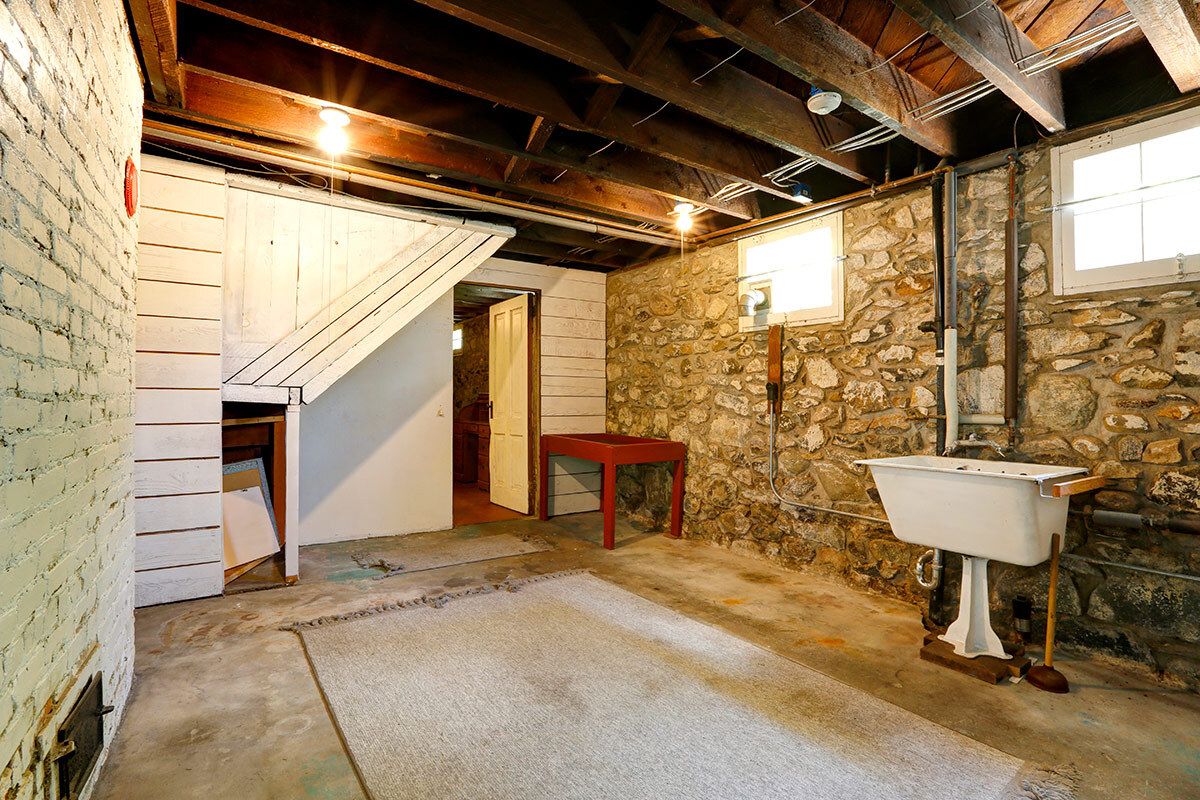
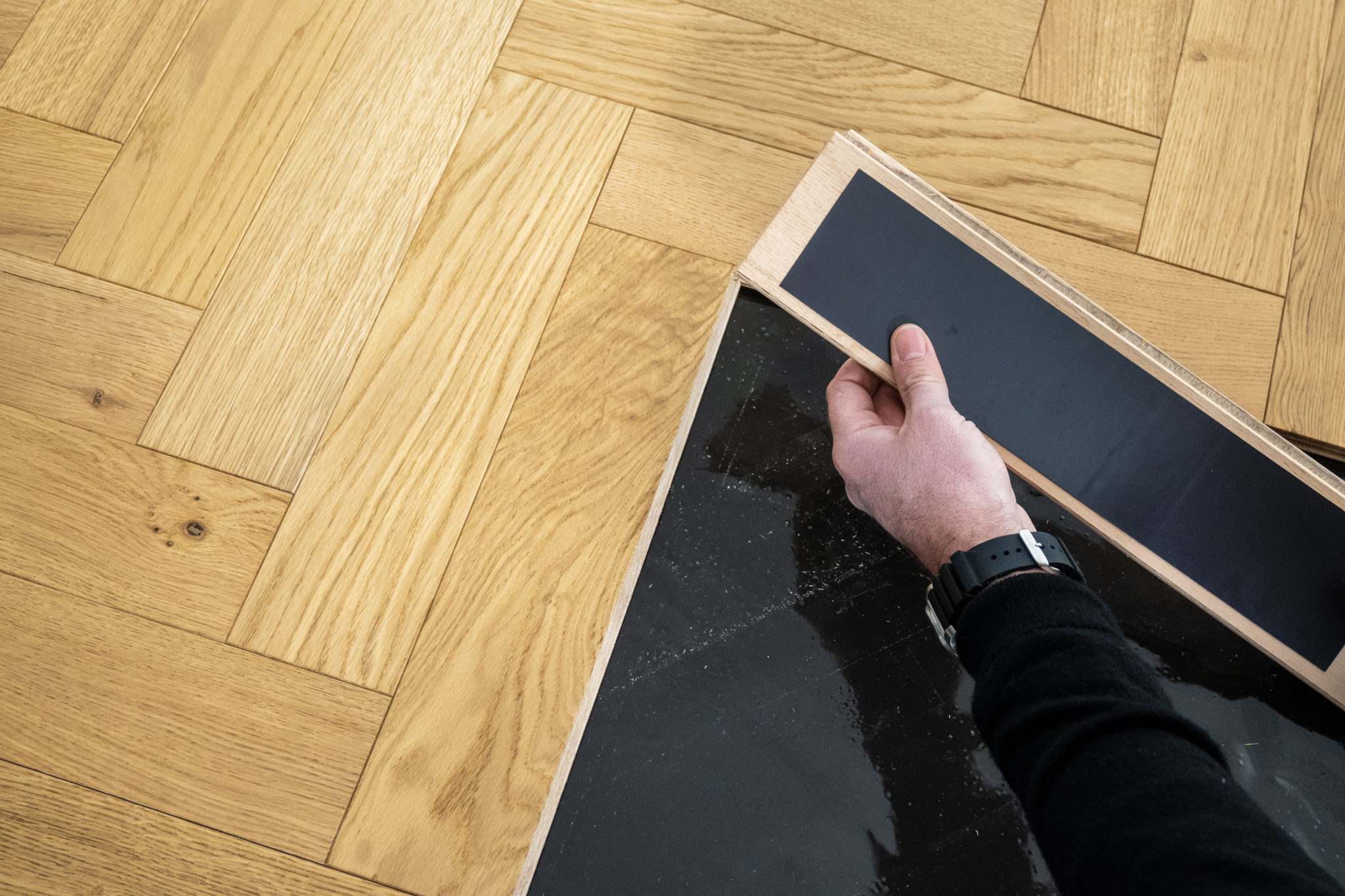
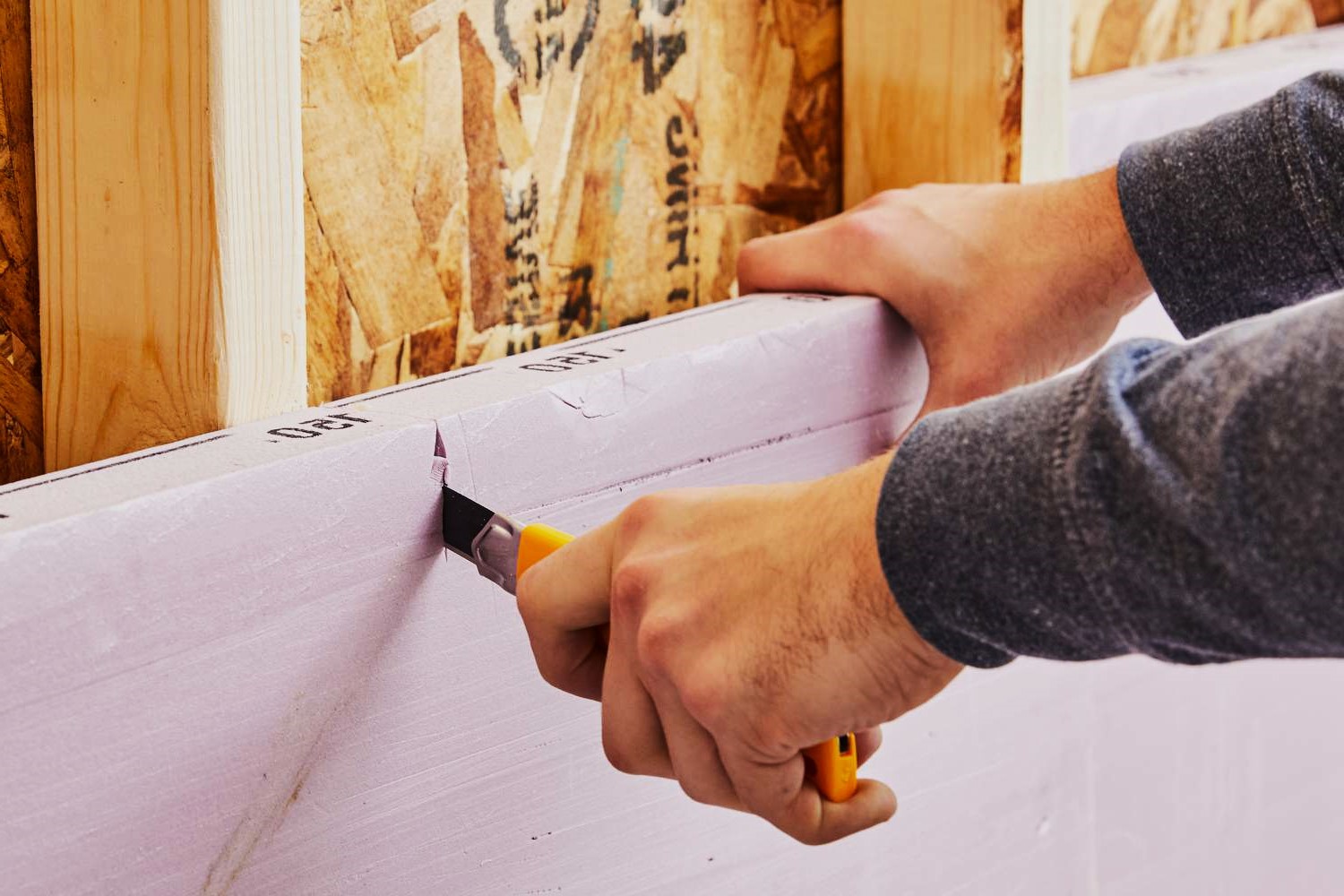

0 thoughts on “Upgrading Your Home’s Basement For Extra Living Space”